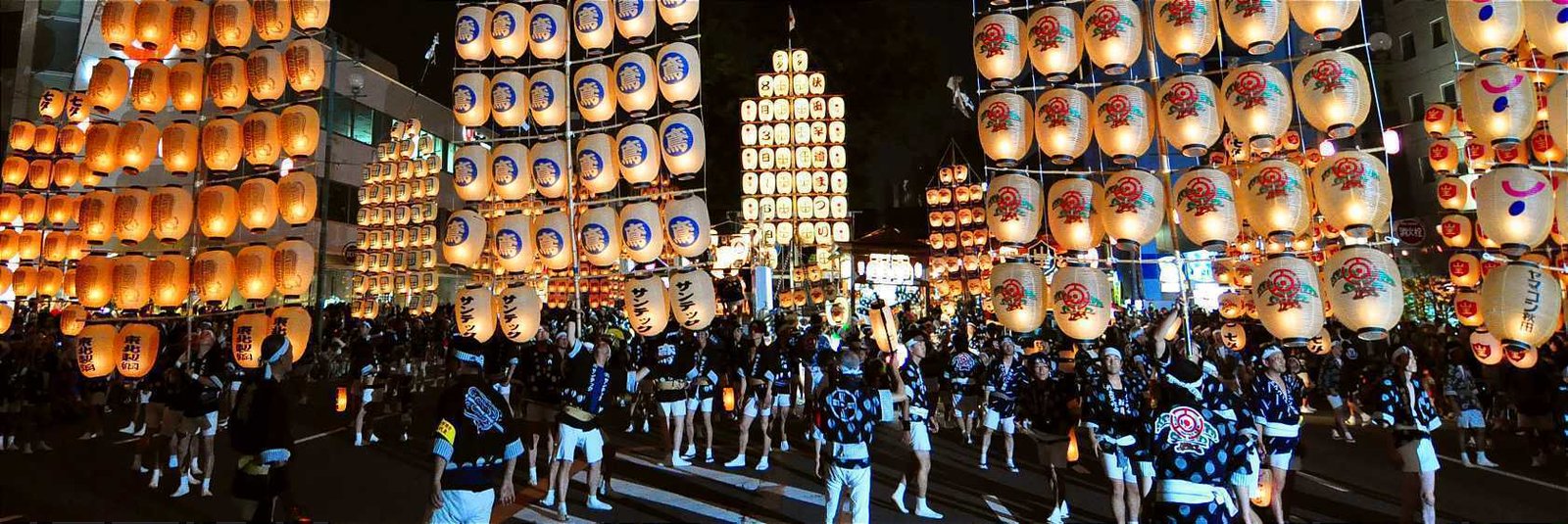Exploring Japan’s Festivals: A Look at Traditional Celebrations
Japan is a country rich in cultural heritage, and one of the most captivating ways to experience this is through its festivals, known as matsuri. These festivals are deeply rooted in tradition, showcasing the country’s history, religious beliefs, and community spirit. Whether you’re witnessing the beauty of cherry blossoms during Hanami or the energetic parades of Gion Matsuri, Japan’s festivals offer a unique glimpse into the heart of Japanese culture. In this post, we’ll explore some of Japan’s most iconic traditional celebrations.
1. Hanami: The Cherry Blossom Festival
One of Japan’s most famous festivals, Hanami, is the celebration of cherry blossoms (sakura) in full bloom. This festival, which takes place in the spring, is a time for people to gather under blooming cherry trees to appreciate the fleeting beauty of the blossoms.
- Tradition and Symbolism: Hanami, meaning “flower viewing,” has been celebrated for centuries. The cherry blossom is a symbol of the transient nature of life, embodying the concept of mono no aware—an awareness of the impermanence of things.
- Activities: Families and friends come together for picnics beneath the cherry trees, enjoying food, drinks, and the company of loved ones. The festival is celebrated nationwide, with famous viewing spots in Tokyo, Kyoto, and Osaka.

2. Gion Matsuri: Kyoto’s Iconic Festival
Gion Matsuri is one of Japan’s oldest and most famous festivals, held annually in Kyoto throughout the month of July. Originally started in 869 as a religious ritual to appease the gods during an epidemic, it has evolved into a grand celebration of Kyoto’s cultural heritage.
- Highlights: The main attraction of Gion Matsuri is the grand procession of elaborately decorated floats, known as yamaboko, through the streets of Kyoto. These floats, some towering up to 25 meters, are beautifully adorned with tapestries, lanterns, and carvings.
- Cultural Significance: The festival also includes various traditional performances, religious ceremonies, and community events, making it a vibrant showcase of Japanese culture.
3. Tanabata: The Star Festival
Tanabata, celebrated on July 7th, is a festival inspired by a romantic legend of two star-crossed lovers, Orihime (the weaver star) and Hikoboshi (the cowherd star), who are separated by the Milky Way and allowed to meet only once a year.
- Customs: During Tanabata, people write their wishes on colorful strips of paper (tanzaku) and hang them on bamboo branches, which are then set afloat on rivers or burned as an offering.
- Celebrations: The festival is marked by vibrant decorations, traditional music, and dance performances. Major Tanabata celebrations take place in cities like Sendai and Hiratsuka, where the streets are filled with elaborate decorations.
4. Obon: The Festival of the Dead
Obon, held in mid-August, is a Buddhist festival honoring the spirits of ancestors. It is one of Japan’s most important traditions, where families gather to pay respects to their deceased loved ones.
- Rituals: During Obon, people visit their family graves to clean them and make offerings of food, incense, and flowers. Lanterns are hung to guide the spirits back to their homes, and bon odori (traditional dances) are performed to welcome them.
- Toro Nagashi: The festival often concludes with toro nagashi, where paper lanterns are floated down rivers to guide the spirits back to the afterlife, creating a serene and beautiful spectacle.
5. Setsubun: Welcoming Spring with Bean-Throwing
Setsubun, celebrated on February 3rd, marks the beginning of spring according to the Japanese lunar calendar. The festival is known for its unique custom of mamemaki—throwing roasted soybeans to ward off evil spirits.
- Rituals: During Setsubun, people shout “Oni wa soto! Fuku wa uchi!” (“Out with the demons! In with good fortune!”) as they throw soybeans outside their homes or at shrines. This ritual is believed to cleanse the home and invite good luck for the coming year.
- Tradition: It is also customary to eat the same number of soybeans as your age to ensure good health and fortune for the year ahead.
6. Shogatsu: New Year Celebrations
Shogatsu, or Japanese New Year, is the most significant holiday in Japan, celebrated from January 1st to 3rd. It is a time for family gatherings, special meals, and traditional customs to welcome the new year.
- Preparations: Before the new year, houses are thoroughly cleaned, and decorations like kadomatsu (pine branches) and shimenawa (sacred straw rope) are placed to ward off evil spirits.
- Traditions: On New Year’s Eve, people eat toshikoshi soba (buckwheat noodles) to symbolize longevity, and on New Year’s Day, they enjoy osechi ryori—a special assortment of traditional foods packed in lacquered boxes.
- First Shrine Visit: The first shrine visit of the year, known as hatsumode, is a key part of Shogatsu, where people pray for health, happiness, and prosperity in the coming year.
7. Awa Odori: Japan’s Largest Dance Festival
Awa Odori, held in Tokushima in mid-August, is Japan’s largest dance festival. It is part of the Obon celebrations and is known for its lively and energetic atmosphere.
- Dance Tradition: The festival features groups of dancers, known as ren, who parade through the streets performing the traditional Awa Odori dance, characterized by rhythmic movements and joyful chanting of “Yattosa, yattosa!”.
- Participation: Both locals and visitors are encouraged to join in the dancing, making Awa Odori an inclusive and exhilarating cultural experience.
Conclusion
Japan’s festivals are a vibrant reflection of the country’s deep-rooted traditions, cultural diversity, and communal spirit. From the serene and reflective practices of Obon to the joyful exuberance of Awa Odori, each festival offers a unique opportunity to experience Japan’s cultural heritage. Whether you’re a traveler or a cultural enthusiast, exploring these traditional celebrations will provide you with unforgettable insights into the rich tapestry of Japanese life.



